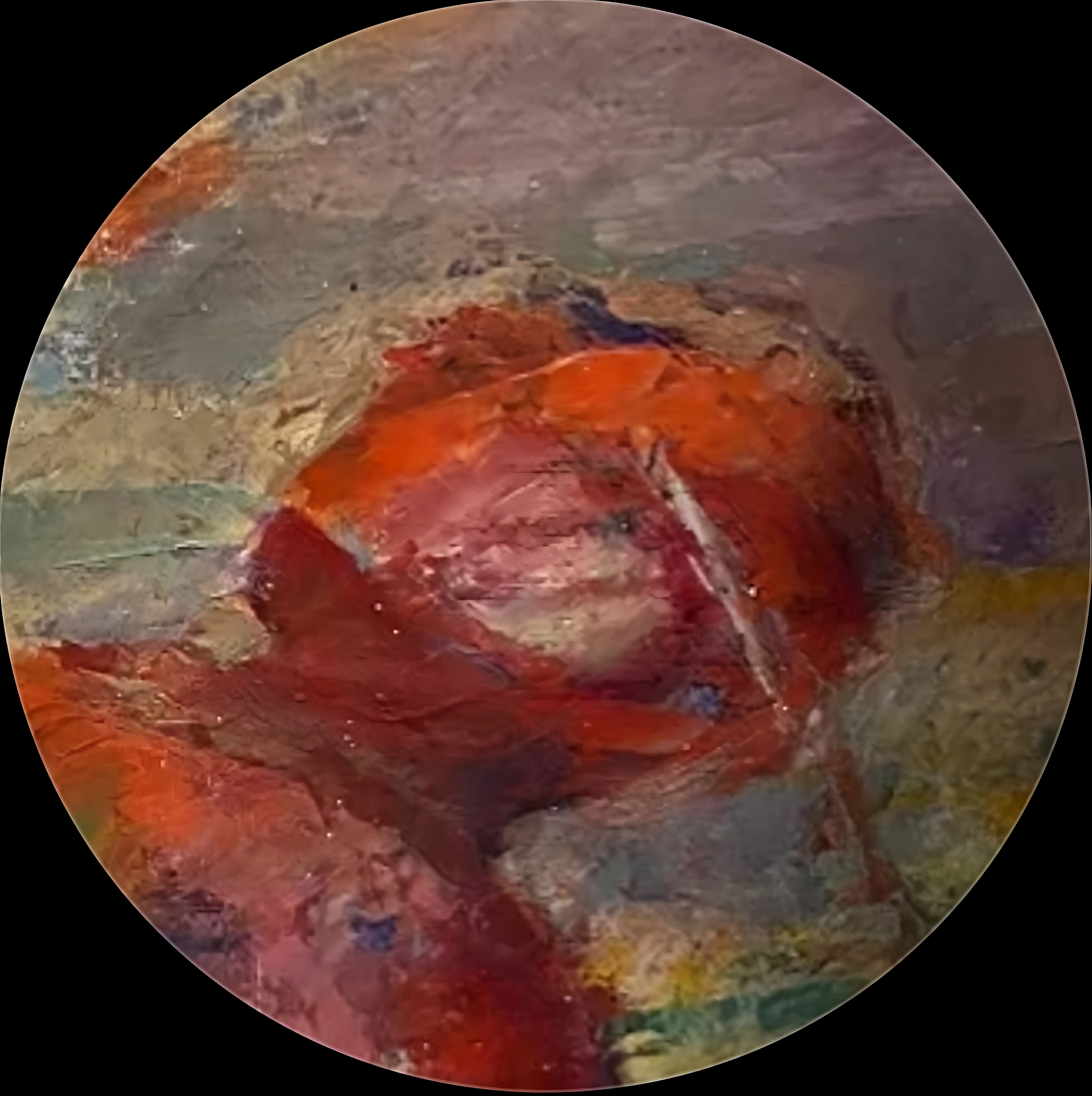Most of us sense that we’re more than a body, more than electric signals firing through a brain. We often say things along the lines of “touched to the soul,” or “losing heart,” or “feeling out of sorts.” We use these phrases because they name an interior life that isn’t visible, but shapes everything we do.
Anthroposophy takes that inner life seriously. It studies the human being not as a collection of cells and instincts, but as a being of body, but also, soul, and spirit. Those words can be offputting, but they point to something practical: how we experience, think, and become conscious of ourselves.
The Human Being; Body, Soul, Spirit
For Steiner, the human being is a meeting of three worlds. The body connects us to the physical world; we eat, sleep, and sense through it. The spirit connects us to timeless truth, creativity, and moral intuition. The soul stands in between, acting as a bridge. It’s where life becomes personal.
If the body is our instrument and the spirit is the musician, then the soul is the music; ever-changing, intimate, expressive of both matter and meaning.
The Threefold Soul
Steiner described the soul as having three main layers or “members.” They aren’t stacked like floors in a building; they interpenetrate, each coloring the way we meet the world.
a. The Sentient Soul
This is the part of the soul most closely tied to our bodily life. It’s where feelings, desires, and instincts live; the raw immediacy of liking, disliking, hungering, fearing, loving. The sentient soul makes the world vivid.
When you feel a flash of joy at sunlight through leaves or a pang of jealousy at someone else’s success, that’s the sentient soul. It gives warmth and color to existence, but it can also pull us around if we never look past it.
b. The Intellectual or Mind Soul
This is the middle layer, where we begin to reflect. Here, feelings are joined by thinking and judgment. We weigh, compare, remember. The mind soul asks, “What do I make of this?” It’s where moral and aesthetic discernment develop.
When you pause before reacting, when you try to understand another person’s motives, or consider what’s fair, that’s the mind soul taking over from the storm of emotion. It brings a steadier light.
In today’s language, you might call this our “inner observer.” It lets us form opinions, ideals, and a personal worldview. But it’s still mostly centered on me; my thoughts, my understanding.
c. The Consciousness Soul
The highest member of the soul is the consciousness soul, where self-awareness ripens into freedom. Here, thought becomes not just something we have but something we see. We begin to perceive truth for its own sake, not just because it serves our feelings or interests.
In this layer, the spirit begins to shine through. It’s the seat of genuine moral insight, of conscience. When you sense something is right or wrong beyond argument, when you act out of inner conviction rather than impulse or pressure; that’s the consciousness soul.
Steiner saw the evolution of humanity as a gradual awakening of this level: the ability to think not just about the world but with the world, as co-creators of meaning.
3. The Soul as Bridge
In daily life, these three layers blend constantly. Desire moves us, thought guides us, conscience refines us. Together they form the living bridge between the physical and spiritual.
You can picture it like this; the body receives impressions from the world, the soul experiences and interprets them, the spirit reveals their deeper significance.
When we nurture the soul, through reflection, art, meditation, love; we strengthen that bridge. Our perceptions become clearer, our motives more transparent, our freedom more real. The soul is not static; it’s a field that can be cultivated, like soil.
4. What Happens When the Soul is Neglected
Modern life tends to flatten us toward the bodily side: screens, information, productivity, measurement. Or it pushes us into the head, into abstract thought cut off from warmth. Either way, the soul starves.
A neglected soul feels restless and numb at once. We may chase stimulation or control but lose touch with meaning.
Every experience; grief, joy, work, even boredom, can be a chance to know the soul more deeply. The key is observation: noticing how we feel, think, and will, and how these forces interact. Over time, this simple awareness becomes spiritual practice.
5. From Soul to Spirit
The soul isn’t the end of the story. Looking at the bigger picture, the soul is what transforms into spirit through self-knowledge and moral development. Each of its three members has a higher counterpart:
- The sentient soul refines into Spirit Self—a purified feeling life that radiates empathy and insight.
- The mind soul transforms into Life Spirit—a wisdom that perceives the living unity of all things.
- The consciousness soul matures into Spirit Man—a fully awakened individuality in harmony with the divine.
Those terms sound grand, but they point to a quiet truth: the soul is how we grow from instinctive being to conscious, loving being. The more we understand ourselves as souls in evolution, the more we participate in the world’s evolution.
7. Why the Soul Still Matters
The word “soul” can sound old-fashioned, yet nothing else captures the subtle center of our lives. Psychology dissects behavior; religion preaches faith; neuroscience scans the brain. The soul lives in the space between; all that we are becoming through experience.
Anthroposophy doesn’t claim to own that space; it simply maps it in a way that restores depth and dignity to human existence. It says: you are not a machine, not a bundle of reactions, not a ghost in a shell. You are a being in process, capable of insight, love, and freedom.
To know your soul is to recognize that your inner life is not private trivia; it’s the workshop of evolution itself. And today, lots of people forget it.















Discussion